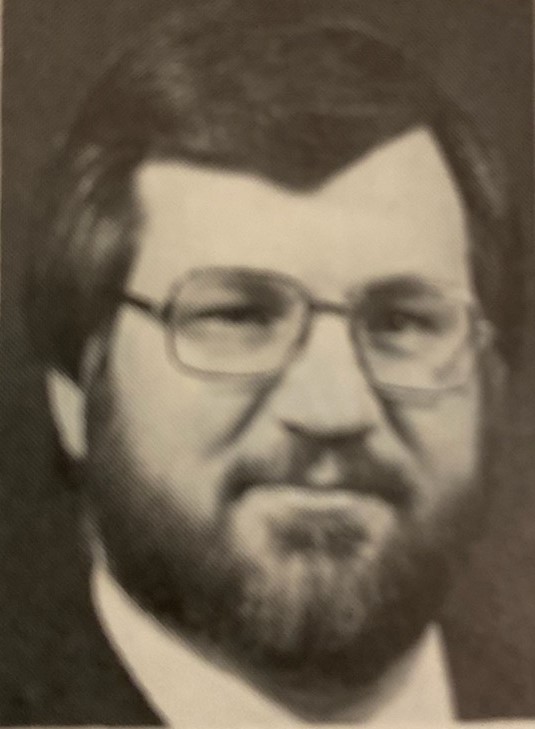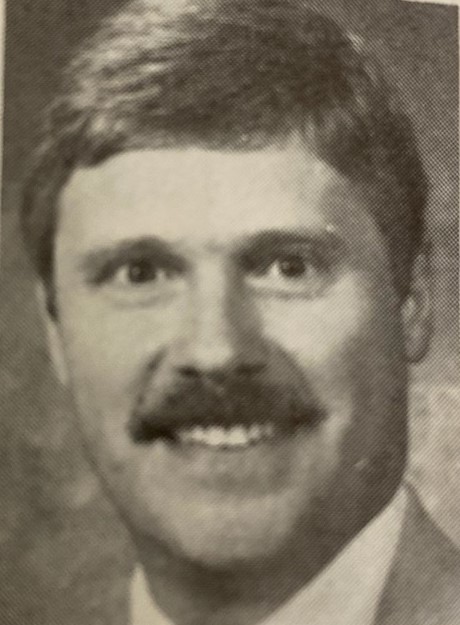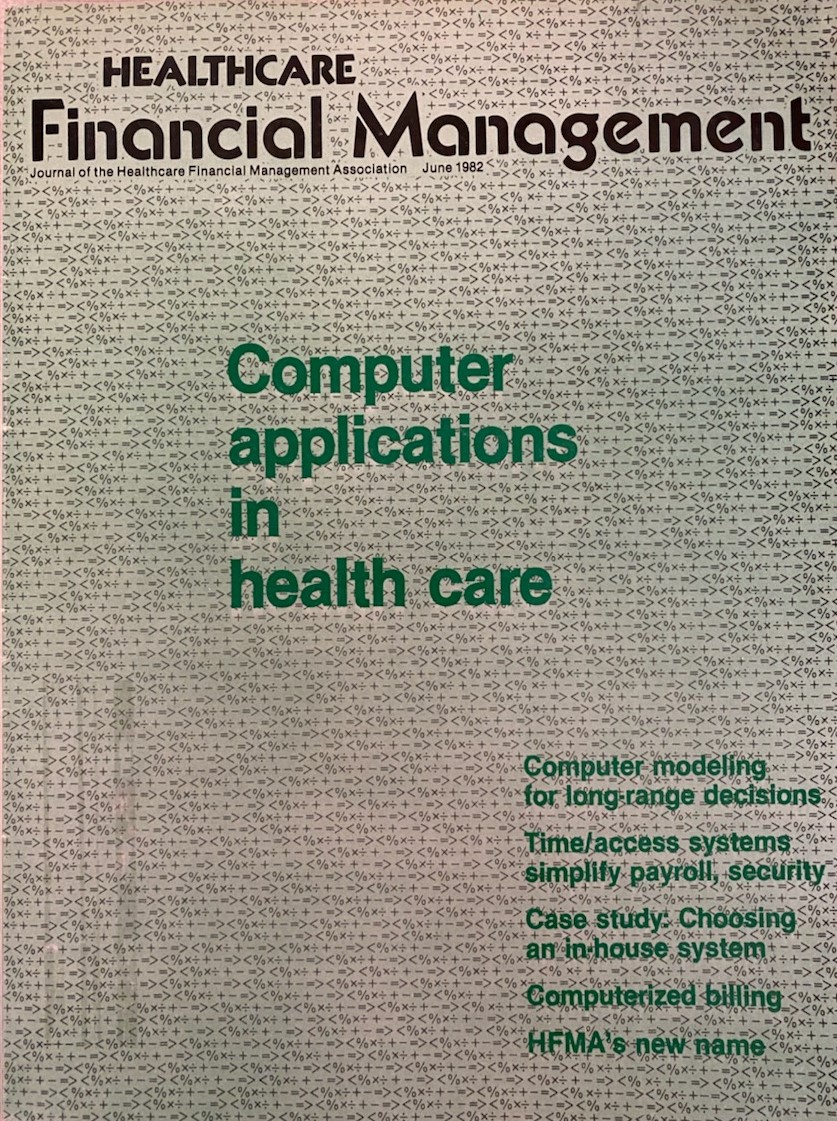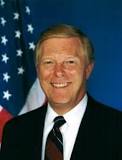It’s not just about hospitals anymore: HFMA expands its focus to all of healthcare

“What’s in a name?” That was the question HFMA’s 1981-82 Chair, Raymond J. Cisneros, FHFMA, CPA, put before the Association’s membership in the January 1982 issue in of hfm. Cisneros’ “Time to Act” column would mark the start of another momentous year in the Association’s history, as he called upon members to vote for what would be the most significant change in the Association’s identity to date.
For its first 38 years, HFMA was a solely hospital-centric association. It initially served hospital accountants, but then broadened its perspective in 1968 to encompass hospital finance. In 1981, HFMA’s board looked around and saw a changing world of healthcare: It was time, they said, for HFMA’s name to more appropriately reflect “the industry in which we now function.”
Cisneros wrote, “The hospital will continue as a focal point of the healthcare delivery system. As some hospitals diversify their activities, certain functions previously considered part of the hospitals will no longer be hospital operations but they will be part of the overall services rendered in a broader system or healthcare organization.”
In his rallying call to members, Cisneros said, “We again face an important decision in which it is Time to Act. The choice is before you and the decision is yours. If you look at where we are and where the industry is going, the decision should be clear.”

With that, in June, to start the new fiscal year, a new chair, Park H. Haussler, FHFMA, CPA, CMPA, pointed readers to the masthead of the journal, bearing its new name, Healthcare Financial Management, reflecting the Association’s new name: the Healthcare Financial Management Association. Haussler noted that 90% of the Association’s 21,000 members had endorsed the board’s recommended “by-laws change.” He also aligned his Chair’s theme with this move: “We will meet the challenge and accept the change with Positive action.”
Haussler wrote, “This change now more accurately reflects our membership than the old name. … In many areas, we are presented with the challenge to change — in our delivery system; in our payment patterns; in our emphasis, such as inpatient-outpatient or sickness-wellness; in our relationships with other healthcare professionals.”
These comments, as well as much of the content of the journal at the time, seem to presage much of the same topics of focus we see in healthcare today (see the sidebar, “Perennial areas of focus for healthcare finance”). The topic of the June 1982 issue in which Haussler shared his perspectives was “Computer applications in health care.” And the cover story, “Computer modeling helps decision makers,” by John P. Harris, included a case study on how data analytics helped inform one hospital’s strategy around building an ambulatory care facility.

572
The record number of healthcare finance professionals who attended HFMA’s June 1982 Annual National Institute in Boulder, Colorado.

While hfm has long had its eye on Washington — Washington has had its eye on HFMA
HFMA has long been viewed by national political leaders as an important forum for discussing key points of healthcare policy.

The January 1982 issue of hfm — the same issue in which appeared the announcement of the plan to change the Association’s name to the Healthcare Financial Management Association — included an article by Congressman Richard Gephardt (D.-Mo.) describing the Voluntary Medicare option, a key part of bipartisan legislation that he and Congressman Willis Gradison Jr. (R.-Ohio) had introduced in Congress.
Although the legislation would not be passed into law, among the more than 2,000 resolutions and bills Gephardt would introduce to Congress, he would go on to cosponsor and see passed many healthcare-focused resolutions and two major pieces of healthcare legislation in ensuing years:
- Medicaid Voluntary Contribution and Provider-Specific Tax Amendments of 1991
- Medicare and Medicaid Patient and Program Protection Act of 1987
Ultimately, Gephardt would go on to serve as House Majority Leader from 1989 to 1995 and Minority Leader from 1995 to 2003.
Perennial areas of focus for healthcare finance
A look at some of the topics addressed in hfm in 1982 shows that amid vast changes that have occurred since then, some things have evolved while others have hardly changed at all.
Medicare
“Viewing the future of Medicare” January 1982
Herman A. Kohlman, FHFMA, predicts a grim future for Medicare and its ability to keep pace with healthcare costs.
Capital Finance
“Bond market forecasting: What can hospitals expect in the 1982 financial market?” January 1982
Bruce D. Mandsorf, Joseph R. Marion and Alex Rorke offer a glimpse into bond market expectations.
Clinician-Administrator Relationships
“Reductions in hospital capacity: Physician behaviors and the administrators’ challenge” February 1982
Miron Stano, PhD, Ronald M. Horowitz, PhD, CPA, and Ralph Aten offer a solution to the spiraling cost of healthcare expenditures by cutting overbedding and predicting some reactions from physicians and other policymakers.
Leadership
“Organizational cultures: Sensitive managers can improve the working environment” March 1982
Leland R. Kaiser, PhD, describes how the workplace influences the growth of individuals and how healthcare executives can change their environments to nurture their employees.
Capital Management
“For timely decision making: A capital equipment acquisition process” April 1982
Richard J. Oszustowicz proposes an alternative procedure to help decision- makers in capital acquisitions.
Computerized Billing
“Using automated systems for hospital-based physician services” June 1982
Joel Dalva and Thomas Reinke discuss the development of automated billing systems for hospital-based physician services.
Debt Capacity
“Using big business tactics: Hospital debt capacity in a competitive environment” July 1982
M. King Deets and Susanna E. Krentz compare the healthcare industry to the airline industry in light of possible deregulation.





